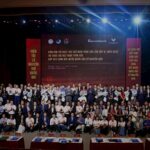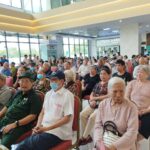In the vibrant atmosphere celebrating Vietnamese Women’s Day on October 20th, on the morning of October 17th, Hanoi Urban Environment Company (URENCO) coordinated with the Offline Department (PA07), Hanoi City Police to organize the “Flowers on the Street” program for 2025 at the Thang Long Imperial Citadel relic site.
The event served both as an activity to appreciate female workers, female staff, and employees, and as a journey to explore the historical and cultural values of Thang Long – a thousand years of civilization.
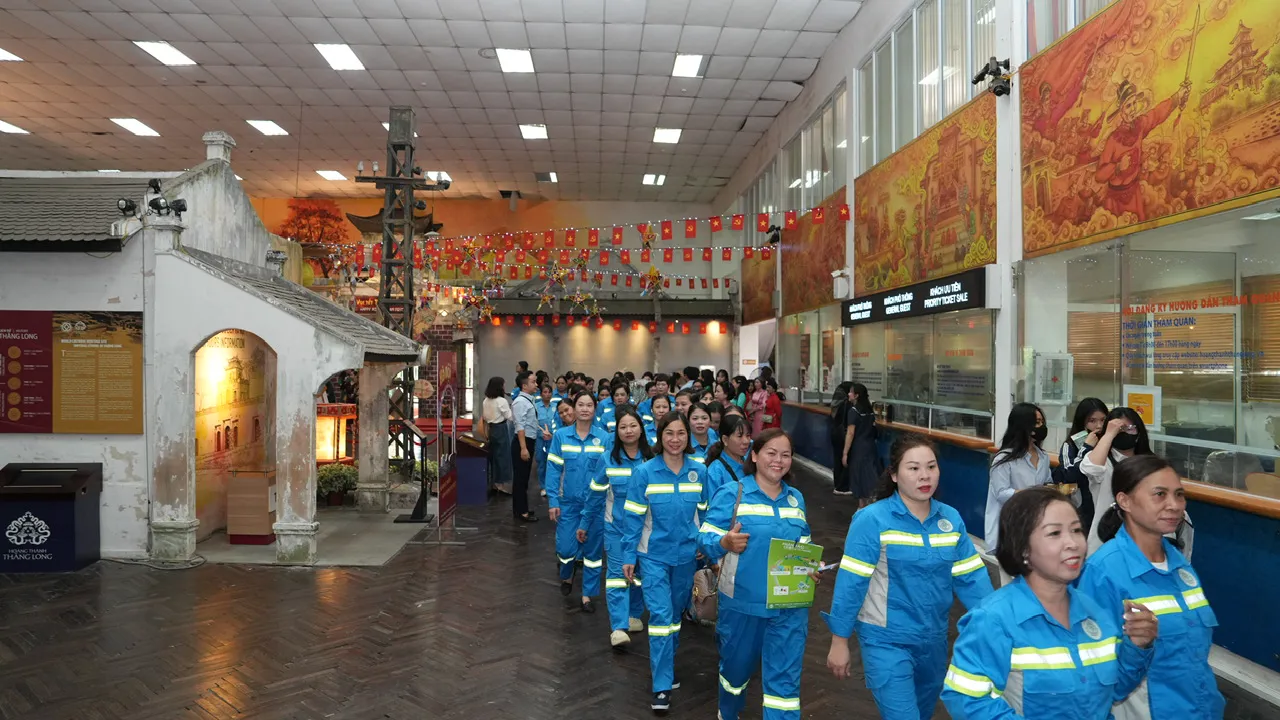
Early in the morning, over 100 female staff and workers from the company’s office division and URENCO branches 1, 2, 3, 4, 7 gathered at the Thang Long Imperial Citadel – a sacred space preserving the golden imprints of the ancient capital. Dressed in the blue uniforms of environmental workers, with radiant smiles and fresh flower bouquets, the image of “flowers on the street” appeared full of meaning: simple yet profound, like a sincere congratulatory message sent to the silent flowers who work day and night to keep the Capital green, clean, and beautiful.
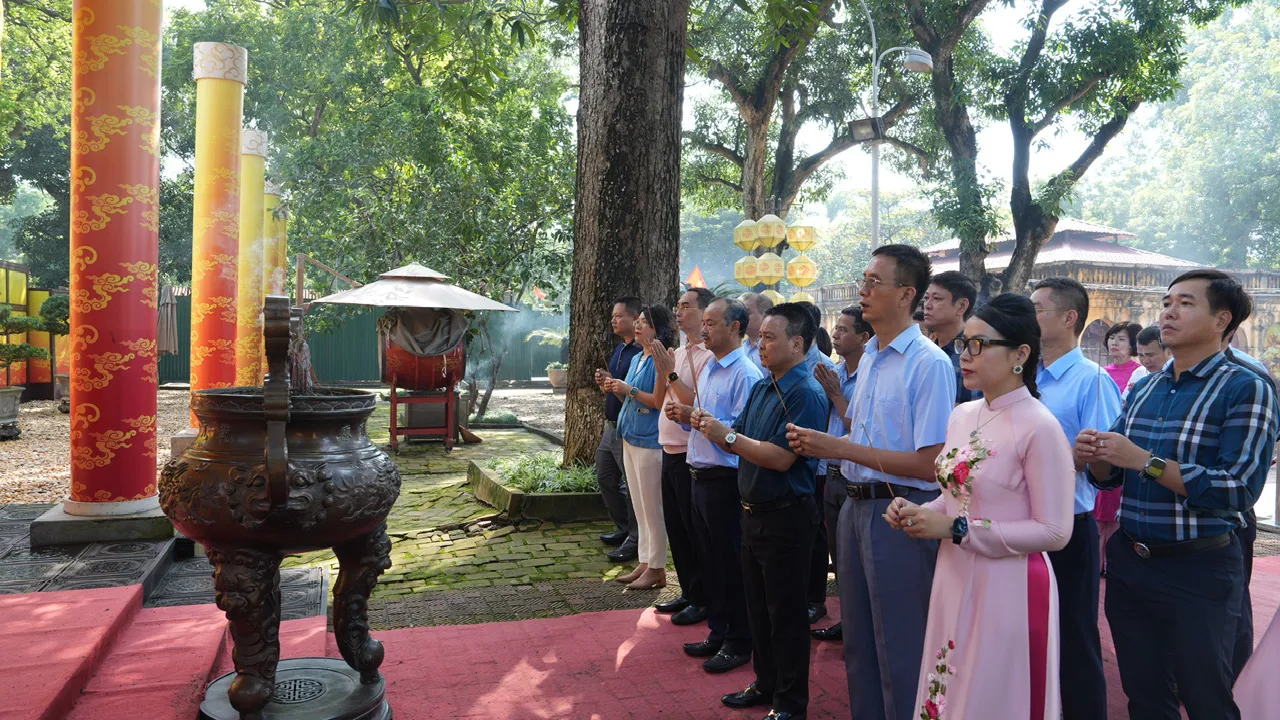
The opening ceremony took place solemnly at Kinh Thien Palace. In an atmosphere of respect, representatives from URENCO Company leadership, PA07 Department leadership along with delegates offered incense in remembrance of the ancestors, read a Thanksgiving Letter appreciating generations of Vietnamese women, and sent best wishes to all female staff and workers. Each incense stick spreading was a message of gratitude, pride, and the aspiration to continue the tradition of Thang Long – Hanoi women: elegant, capable, resilient, and compassionate.
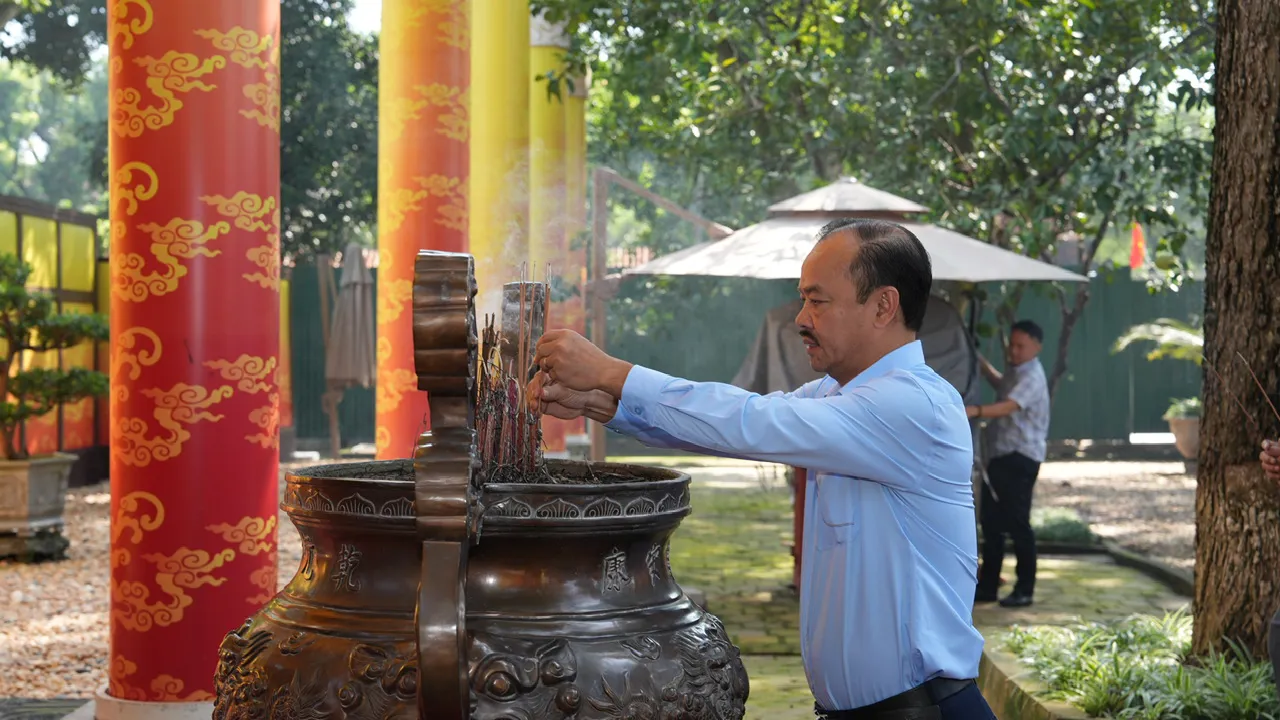
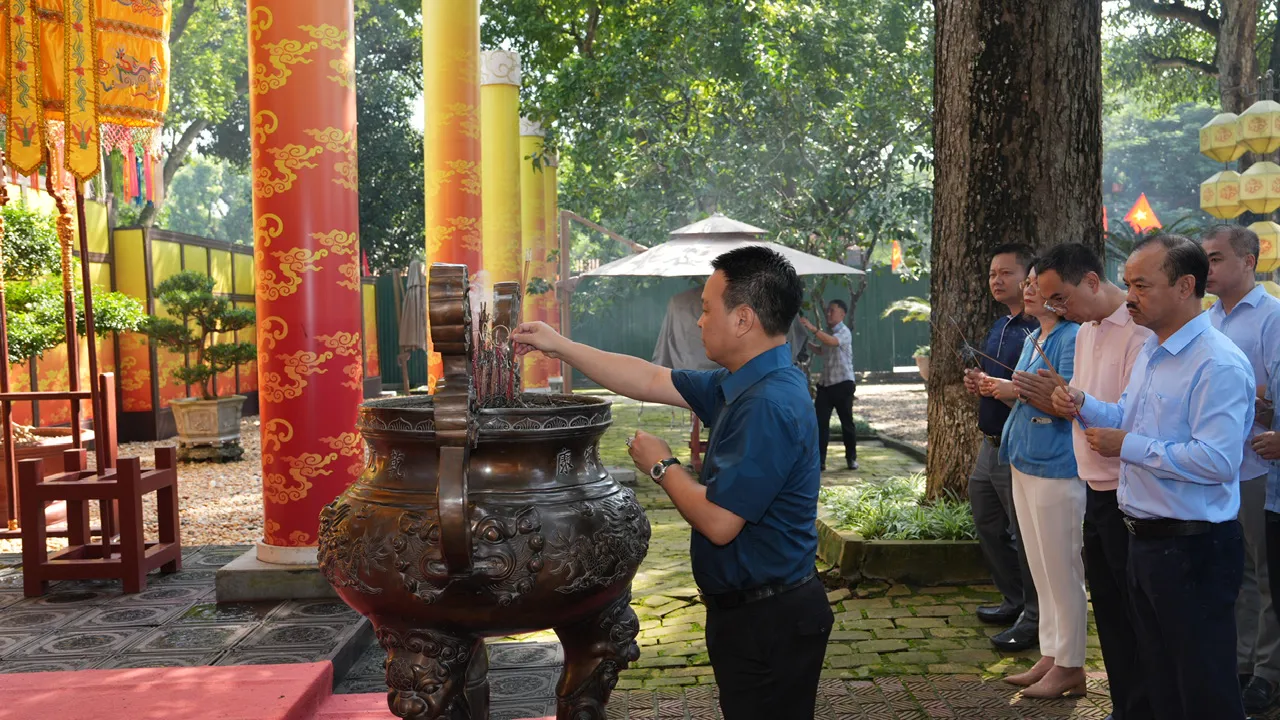
Following this, the “Flowers on the Street” program was held right in the courtyard of the ancient palace. Representatives from URENCO Company and PA07 leadership presented gifts to 40 exemplary female workers from URENCO branches 1, 2, 3, 4, 7. Each gift, though simple, was filled with emotion, providing timely encouragement to the women who work day and night to beautify the streets of Hanoi. For female office staff, the Company also prepared separate appreciation gifts, demonstrating deep care and sharing. The applause, happy smiles, and vibrant flowers made the Imperial Citadel space even warmer and more bustling.
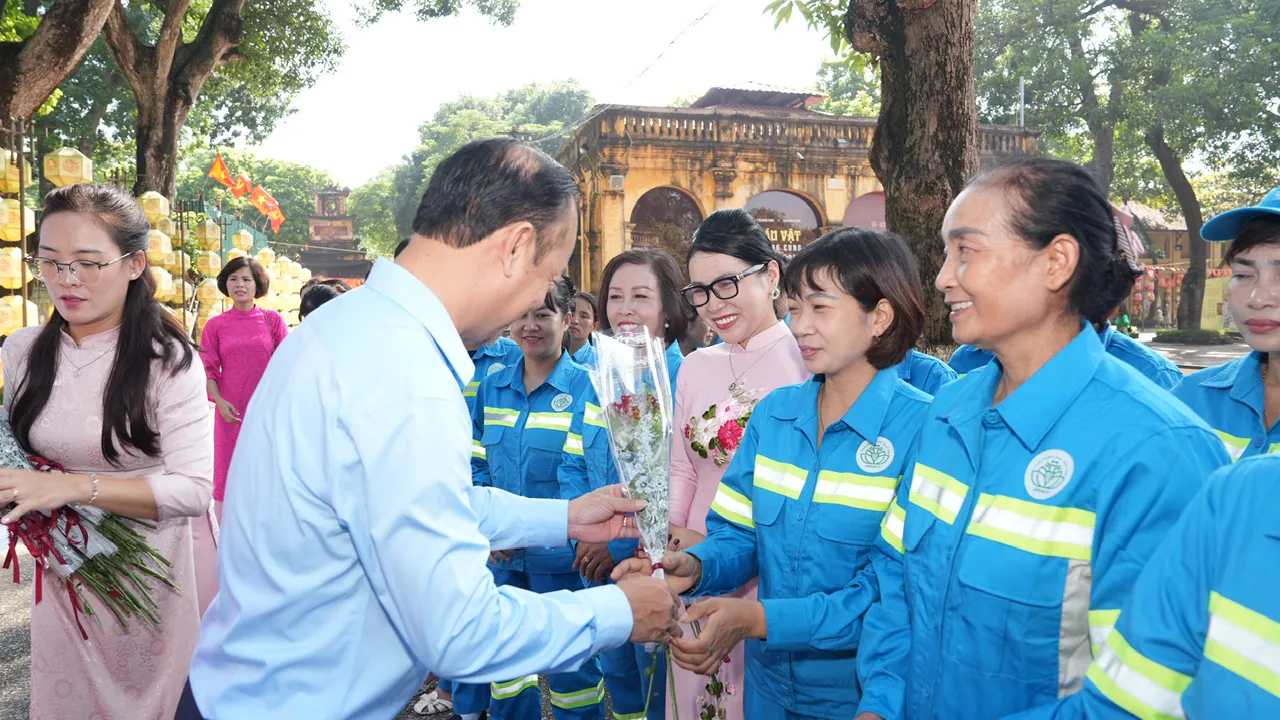
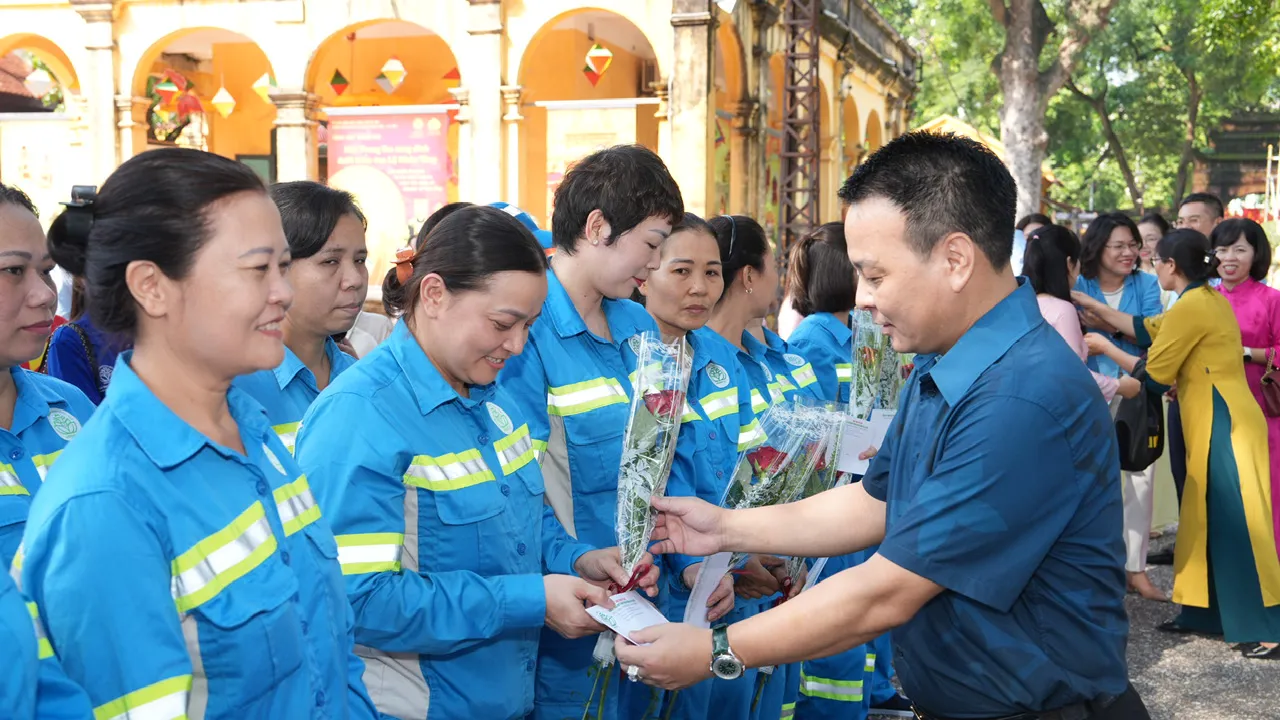
After the ceremony, the delegation of female staff and workers listened to the guide’s narration and visited typical relic sites within the Imperial Citadel such as the foundation of Kinh Thien Palace, the archaeological site at 18 Hoang Dieu, the North Gate, Hanoi Flag Tower… Many were moved to see with their own eyes the traces of thousand-year history – where ancestors built the foundation and which also serves as a spiritual anchor for generations of Vietnamese people today. The tour not only helped members understand more about the nation’s historical and cultural values but also strengthened the spirit of unity, pride, and responsibility in everyone’s daily



